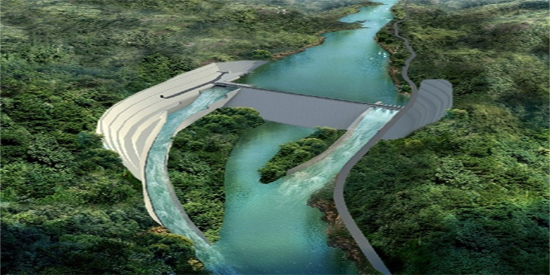ISLAMABAD: The first unit (Unit 4) of the Suki Kinari Hydropower Station, the largest hydropower station invested in and constructed by China Energy Construction Overseas Investment Co., Ltd., has successfully started up and formally entered the wet testing phase.
Personnel from China Energy Construction Overseas Investment Co., Ltd., SK Hydro Co., Ltd., and participating construction units jointly witnessed this milestone on site.
Representatives from the resident military and the owner’s engineering team also attended the startup ceremony.
Unit 4 of SK Hydropower Station successfully passed a series of tests after starting up, indicating it is in a smoothly running state and meets the design requirements.
The unit will now undergo dozens of additional tests, such as a temperature stability test and an overspeed test, to ensure all technical indicators meet the design standards, laying a solid foundation for the unit to enter the trial operation stage.
Before the start-up of unit wet testing, SK Hydro Co., Ltd., along with all participating construction units, meticulously prepared the water filling and discharging test protocol, monitored progress in real-time, and efficiently solved problems to ensure the water filling and discharging effect, thus guaranteeing the success of the unit wet testing.
Cheng Dan, the General Manager of China Energy Construction Overseas Investment Co., Ltd., stated, “At the start-up ceremony, SK Hydropower Station was the largest hydropower station invested and constructed by CEEC overseas.”
The start-up of wet testing for the first unit marks the project construction has reached the final sprint stage, bringing it one step closer to achieving the goal of operation and power generation.
The SK Hydropower Station is located on the Kunha River in the Mansehra area of Khyber Pakhtunkhwa (KP) province in northwestern Pakistan.
It is a key project in the first batch of priority projects of the China-Pakistan Economic Corridor (CPEC) and is equipped with four impulse units with a total installed capacity of 884 MW.
Upon completion, the project is expected to provide 3.212 billion kilowatt hours of clean electricity annually, effectively closing one-fifth of Pakistan’s electricity gap.






















